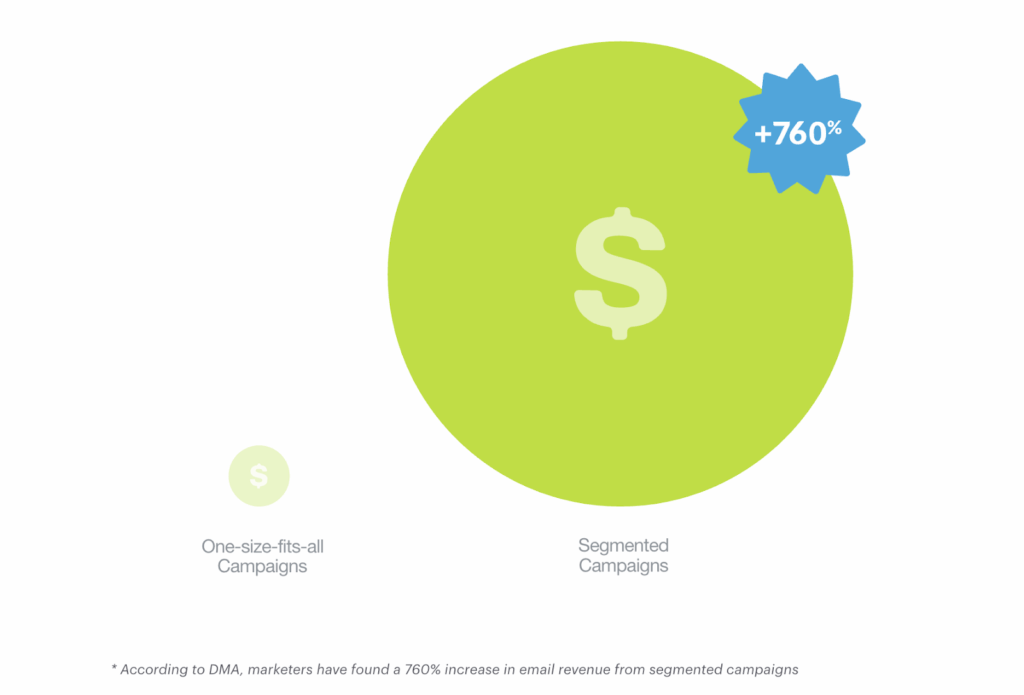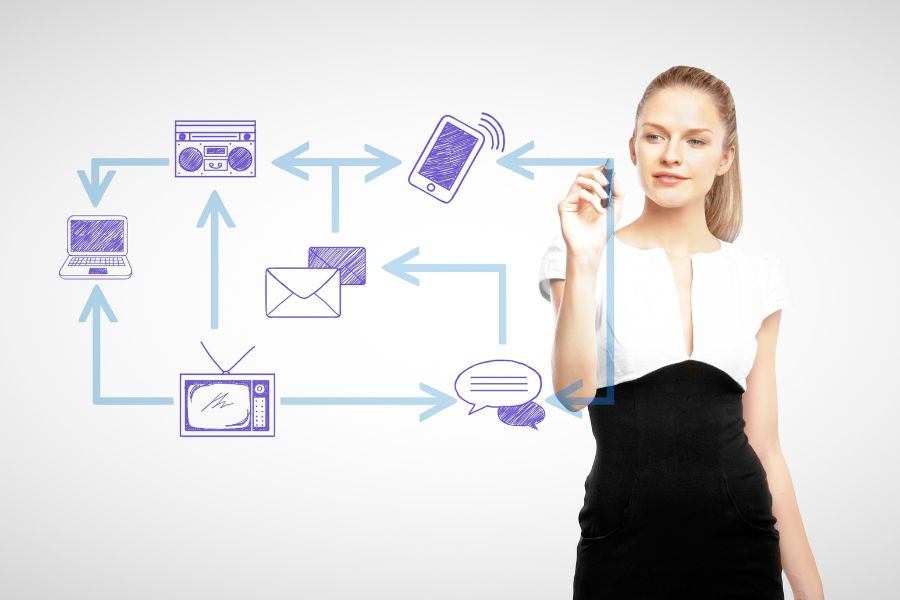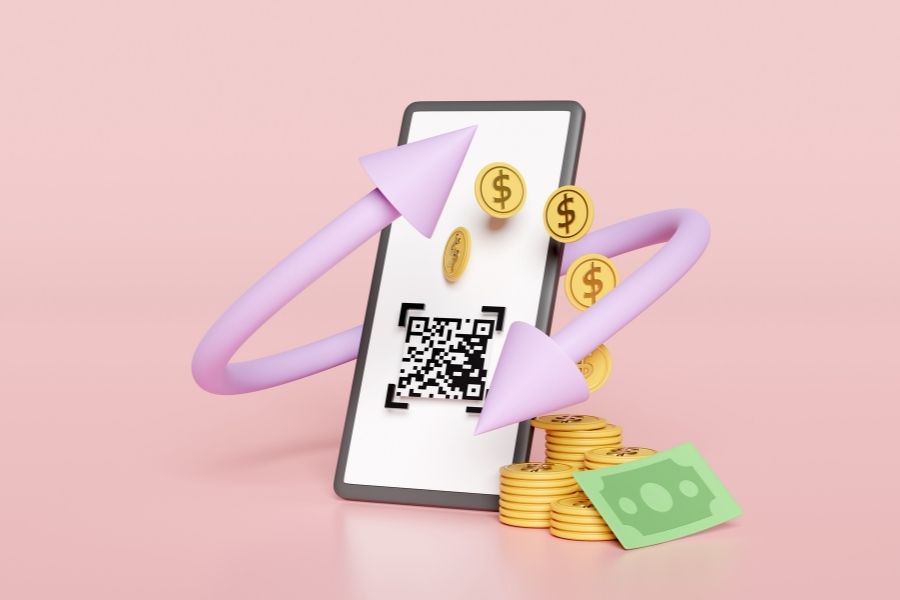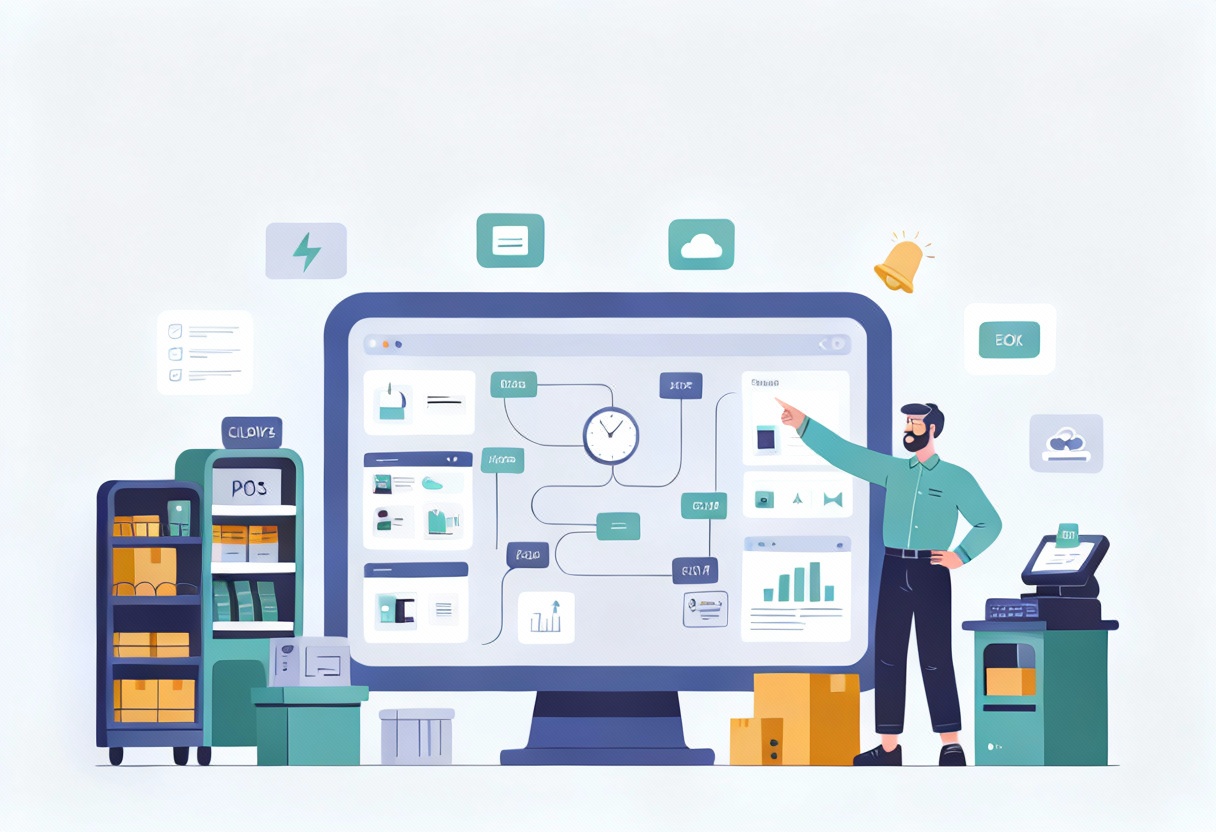In a hyperconnected world, customers don’t think in terms of channels, they expect seamless, personalized experiences wherever they interact with a brand. This is where omnichannel marketing automation becomes the strategic core of any modern marketing initiative. It blends data, automation, and real-time engagement across multiple platforms to drive growth and customer loyalty.
In this guide, ConnectPOS will walk you through the core concepts, key components, and a step-by-step process for implementing omnichannel marketing automation, complete with real-world examples from leading brands so you can build a strategy that’s as efficient as it is impactful.
Highlight
- Omnichannel automation integrates customer data, workflows, and personalization across all touchpoints to create seamless, real-time brand experiences.
- Leading brands like Starbucks, Nike, and Dampfi achieve higher ROI and customer retention by leveraging automated, data-driven omnichannel strategies.
The Concept of Omnichannel Marketing Automation and Why It Is Important Today
Omnichannel marketing automation is the integration of automated, consistent messaging and experiences across all digital and physical customer touchpoints. This includes email, SMS, in-app messaging, social media, websites, and even in-store interactions.
- Consumer Expectations Are Rising
Modern consumers demand more than just good products, they expect timely, relevant, and personalized interactions, no matter the channel. According to a recent survey, 73% of customers expect companies to understand their unique needs, while 66% anticipate consistent experiences across channels. Omnichannel automation meets these expectations by ensuring every interaction is informed by customer behavior and preferences, improving loyalty and satisfaction.
- Efficiency and Scalability
Manual marketing processes can’t keep up with the speed and complexity of modern consumer behavior. Automation streamlines repetitive tasks such as email campaigns, retargeting ads, and customer segmentation. This not only reduces human error but also allows businesses to scale their efforts without proportionally increasing resources, boosting operational efficiency and ROI.
- Data-Driven Decision Making
Omnichannel systems collect and unify customer data across platforms, providing valuable insights into purchasing patterns, content engagement, and lifecycle stages. With these insights, businesses can optimize campaigns in real time, personalize offers, and forecast future behavior more accurately.
Key Components of an Omnichannel Marketing Automation Strategy
A successful omnichannel marketing automation strategy relies on key components that work together to deliver cohesive, data-driven, and personalized customer experiences at scale.
- Centralized Customer Data Platform (CDP): A CDP unifies customer data from all touchpoints web, mobile, social, and in-store, into a single, accessible platform. This 360-degree view enables precise targeting, segmentation, and personalization. A strong CDP powers automated campaigns with real-time, accurate insights into customer behavior and preferences.
- Multi-Channel Integration: Effective omnichannel strategies require seamless communication across multiple platforms such as email, SMS, social media, push notifications, and more. Multi-channel integration ensures messages are delivered at the right time and place, creating a unified brand voice. This eliminates siloed communication and improves overall customer experience.
- Automated Workflow Builder: The automated workflow builder allows marketers to design and deploy rule-based journeys triggered by specific customer actions (e.g., cart abandonment or app engagement). It streamlines the customer lifecycle from onboarding to re-engagement by automating repetitive tasks and ensuring timely responses across channels.
- Personalization Engine: Personalization is the core of modern marketing. The personalization engine uses AI and machine learning to tailor content, product recommendations, and timing based on user behavior and preferences. This improves engagement rates and conversion by making each customer interaction more relevant and timely.
- Performance Analytics Dashboard: A real-time analytics dashboard tracks KPIs such as open rates, conversion rates, customer lifetime value, and ROI across all channels. It provides actionable insights for optimization and continuous improvement. With a clear understanding of what’s working, marketers can adapt strategies quickly to maximize results.
How to Implement Omnichannel Marketing Automation: Step-by-Step Guide
Implementing omnichannel marketing automation requires a structured approach to achieve consistency, personalization, and efficiency across all customer touchpoints, boosting both engagement and ROI.
Step 1: Map the Customer Journey
Mapping the customer journey is the foundation of any effective omnichannel strategy. It involves identifying every interaction a customer has with your brand, from awareness to advocacy. This visualization helps pinpoint where automation can guide or influence the journey.
What to do:
►►► Optimal solution set for businesses: Multi store POS, Next-gen POS, Inventory Management Software (MSI), Self Service, Automation, Backorders
- Chart out all possible touchpoints: search ads, website visits, social media, email, in-store visits, etc.
- Identify pain points (e.g., cart abandonment) and opportunities (e.g., repeat purchases).
- Understand both macro-journeys (entire lifecycle) and micro-journeys (e.g., the post-purchase experience).
Step 2: Consolidate Customer Data
Customer data is often scattered across tools: CRMs, eCommerce platforms, POS systems, mobile apps, and customer support platforms. To create cohesive omnichannel experiences, all data must be unified into a Customer Data Platform (CDP) or equivalent system.
What to do:
- Integrate all customer-facing systems (marketing tools, POS, website, app, etc.).
- Ensure data is real-time and regularly updated.
- Capture behavioral (e.g., pages visited), transactional (e.g., purchase history), and demographic data.
Step 3: Segment Your Audience
Audience segmentation is the practice of grouping customers by shared attributes or behaviors. Instead of sending the same message to everyone, segmentation enables targeted campaigns that resonate with specific groups.
What to do:
- Use criteria like purchase frequency, browsing behavior, location, gender, age, or customer lifecycle stage.
- Create dynamic segments that update in real time as behaviors change.
- Tailor messaging, offers, and timing based on the segment’s profile.
Marketers who use segmented campaigns see a 760% increase in revenue compared to non-segmented campaigns (Campaign Monitor, 2023).

Step 4: Build Omnichannel Automation Workflows
This step brings your strategy to life. Automation workflows are sequences that trigger specific messages across different channels based on user actions or behaviors. These workflows guarantee that your communication remains consistent, timely, and relevant.
What to do:
- Choose a marketing automation platform (like Insider, ActiveCampaign, or HubSpot) that supports omnichannel journeys.
- Define triggers (e.g., “abandoned cart,” “site visit without purchase”).
- Use conditional logic (e.g., “if opened email but didn’t click, send SMS reminder”).
For example, a user browses winter jackets on your website but leaves without purchasing. Within 1 hour, they receive a push notification offering 10% off. The next day, they get an email with a curated list of jackets.
Step 5: Personalize Content Across All Channels
Personalization means more than just using the customer’s first name. True omnichannel personalization adapts messages, offers, product recommendations, and even design layouts based on real-time customer behavior and preferences.
What to do:
- Use dynamic content blocks that change based on user profile or actions.
- Personalize based on context (device, location, time of day).
- Sync personalization across all platforms such as website, app, email, SMS, social.
Step 6: Test, Measure, and Optimize
Even the best omnichannel strategies need ongoing improvement. This step involves continuously analyzing campaign performance, running A/B tests, and fine-tuning workflows based on what resonates most with your audience.
What to do:
- Test subject lines, message timing, channel sequence, and offers.
- Track KPIs like open rate, click-through rate (CTR), conversion rate, and ROI.
- Use attribution models to understand which channels are most influential.
Examples from Leading Brands Using Omnichannel Marketing Automation
Top global brands leverage omnichannel marketing automation to deliver seamless, data-driven experiences that improve retention, engagement, and revenue across every customer touchpoint.
Dampfi
Industry: Vape Retail | Region: Europe
Dampfi, a leading vape retailer with both online and physical stores, adopted omnichannel solutions through ConnectPOS to centralize data and personalize communications across touchpoints.
What they did:
- Integrated real-time inventory across channels.
- Synced online and in-store transactions into one customer view.
- Automated loyalty marketing campaigns for repeat customers.
Impact:
- Achieved a 40% increase in returning customers
- Grew customer retention by 30% through targeted loyalty emails
- Enabled 24/7 seamless operation across platforms
Starbucks
Industry: Food & Beverage | Region: Global
Starbucks uses its mobile app and rewards program to create an automated omnichannel experience, syncing customer behavior across in-store, app, and email channels.
What they did:
- Personalized offers via app push notifications based on order history.
- Synced purchases to rewards in real-time.
- Used geo-targeted SMS to drive local store visits.
Impact:
- 40% of Starbucks transactions come from rewards members (as of 2023)
- Starbucks Rewards members spend 3x more than non-members
- Mobile orders make up over 25% of total U.S. transactions
Nike
Industry: Sportswear & Retail | Region: Global
Nike leverages omnichannel marketing automation via its Nike App, online store, and in-store experiences. With personalized product suggestions, real-time notifications, and membership perks, Nike delivers consistent and relevant experiences.
What they did:
- Integrated customer data across app, web, and retail.
- Sent tailored push notifications for product drops based on browsing history.
- Enabled online orders with in-store pickup & QR code-based checkouts.
Impact:
- Nike’s direct-to-consumer sales grew by 24% YoY (2023)
- Omnichannel users were 4x more likely to convert than single-channel shoppers
- Nike app users spend 40% more on average than non-app users
These examples demonstrate that omnichannel marketing automation is no longer exclusive to global giants; with the right tools, any business can achieve similar results. ConnectPOS equips retailers with the capabilities to centralize customer data, synchronize inventory in real time, and deliver personalized experiences across online, mobile, and in-store channels.
Its seamless integrations with loyalty programs, marketing platforms, and POS systems make it easier to automate campaigns that resonate with customers and boost retention.
Whether you’re a growing local shop or a multi-location enterprise, ConnectPOS provides the technology foundation to turn omnichannel strategies into measurable growth.
FAQs: Omnichannel Marketing Automation
- Do I need a CRM to implement omnichannel marketing automation?
While not mandatory, a CRM makes the process significantly more efficient by storing customer history, preferences, and touchpoints key for automation and personalization.
- How long does it take to implement an omnichannel marketing automation strategy?
Depending on your business size and tools, it can take from 4 weeks to 6 months. Starting with a single workflow and scaling up is a smart approach.
- Can small businesses use omnichannel marketing automation effectively?
Yes! With solutions like ConnectPOS and affordable marketing platforms (e.g., Mailchimp, Klaviyo), even small retailers can implement powerful automation workflows on a budget.
Conclusion
In sum, omnichannel marketing automation empowers brands to unify data, personalize at scale, and deliver consistent, high-impact engagement across every touchpoint. The success stories of Dampfi, Starbucks, and Nike prove that when done right, automation drives real, measurable results from stronger loyalty to higher revenue.
Ready to scale your brand with smarter marketing? ConnectPOS helps you implement a seamless, data-driven omnichannel solution tailored to your business. Contact us today to get started.
►►► Optimal solution set for businesses: Shopify POS, Magento POS, BigCommerce POS, WooCommerce POS, NetSuite POS, E-Commerce POS



